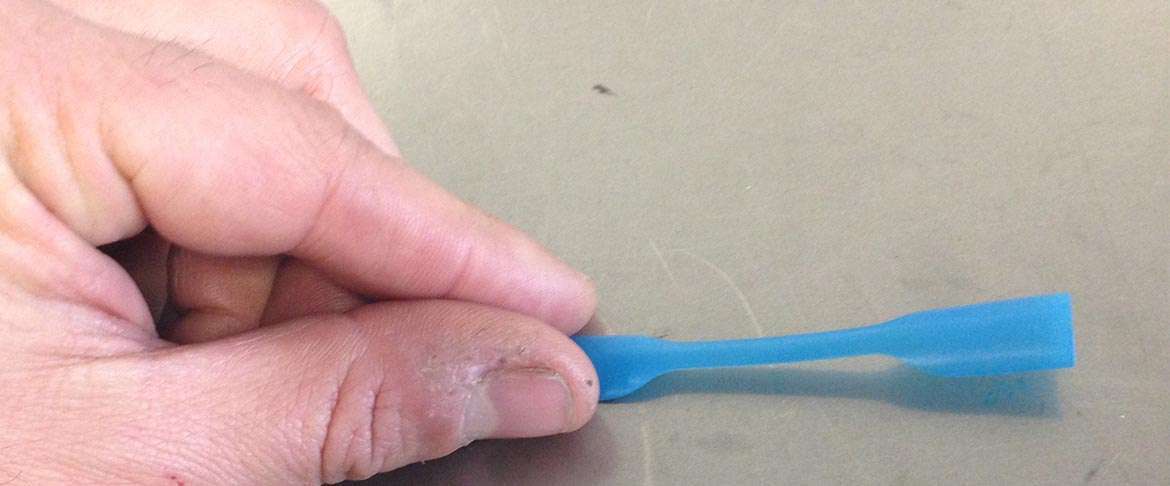To ensure that our manufactured cables meet the highest standards of safety, reliability and durability,…
XLPE cable test: Hot Set Test
One of the most notorious tests in the production process of a cross-linked polyethylene electric cable (XLPE cables) is the hot elongation test, also called Hot set test.
OBJECTIVES AND CHARACTERISTICS OF THE HOT SET TEST
- Ensuring the reliability of electrical cables
Its aim is to verify the quality and ensure the reliability of power cables throughout the lifetime of the cable.

- Test based on IEC 60811.507
The Hot Set Test, based on norma IEC 60811-507, is used to test the cross-linking or vulcanisation of thermosetting materials. The test temperature, duration, applied force and maximum allowable elongations shall be as specified in the relevant standard.
- Complies with the standard
Once the test has been completed, the data is entered into the computer: cable, section, applied weight, initial length and cold and hot elongations as a percentage of the initial length, as well as the signature of the person who carried out the test, for better traceability of the process.
- 100% reliability
The material, in this case, has met the quality specifications required by the standard, and is ready to continue the electrical cable production process with 100% reliability.
ELEMENTS FOR HOT SET TEST ON XLPE CABLES
The elements necessary to carry out the hot set test are: a laboratory cooker, a caliper, a dial gauge, balance, grips and weights. Clock. A smoothing machine, and the appropriate tools.
Step 1: A sample of two or more specimens is taken from the insulation or sheath of the cable to be tested. The specimens shall be tubular or halter. The central 20 mm of the halterio specimen is marked and the upper clamp is placed on it. At the lower end, the prescribed weight is applied to exert the tensile force defined for the material.

Step 2: Once the oven has reached the test temperature, the weighted specimens are suspended inside the oven for the prescribed time (Fig. 1). 15 minutes at 200°C for XLPE.

Step 3: After this time, the distance between the strokes is measured to calculate the elongation (Fig. 2). For XLPE a maximum elongation under load of 175% is prescribed.

Step 4: The specimen is then cut flush with the clamp to suppress the tensile force and left to stand for 5 minutes inside the oven. The specimen is removed from the oven and allowed to cool to room temperature (5 to 10 minutes). After this time, the distance between the strokes is measured again, when cold and without weight. (FIG. 3) For XLPE the maximum remaining elongation is 15%.

Check the full range of XLPE products manufactured by Top Cable.




